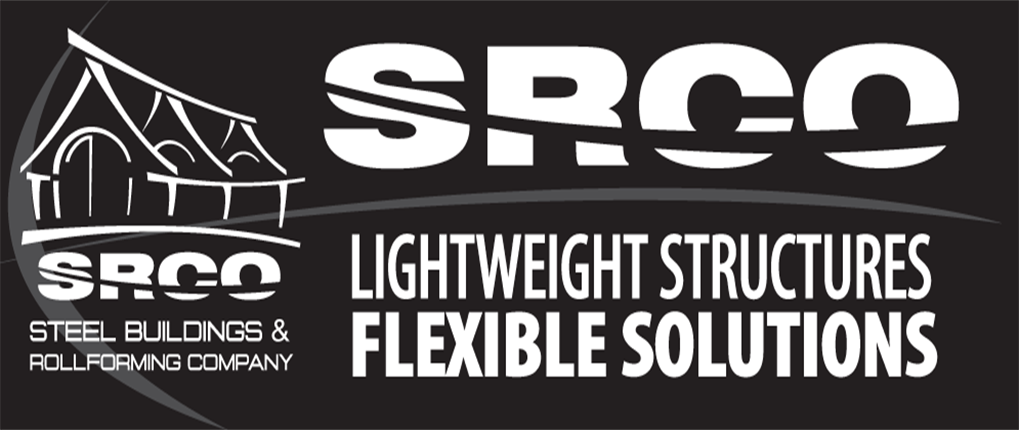Photovoltaic Generating Power Plants
An integrated approach to the creation of photovoltaic-generating power plants
We use best practices in the design, manufacturing, and installation of supporting structures for photovoltaic modules. We confidently implement roof and ballasted ground-mount solar power plant projects using BIM design and galvanized steel profiles

The best alternative to an autonomous source of electricity is solar panels. They are characterized not only by high operational efficiency, but also by the inexhaustible potential of generating free electricity. To get all the advantages of operating a solar power plant, it is important not only to choose the right equipment, but also to install it. Installation work should be entrusted to professionals who know all the details, from choosing a frame for solar panels to its location.
The most difficult and critical stage of installing a solar system is the installation of solar panels. The customer must first decide on their location. In 90% of cases, their placement occurs on the roof, and only when all the free roof space is used can a section of the local area be used.
Depending on the location of the photovoltaic panels, the appropriate types of installation systems are used. These include:
Inclined – involve the use of a frame for mounting on the roof at a slope.
Horizontal – this type of system is used for flat roofs.
Free-standing – the battery is placed on supports mounted on the ground.
Integrated – are part of the building.
Depending on the preferred mounting system, the appropriate frame for the solar panels is used. Parts for assembling the structure are made from galvanized steel, which is resistant to corrosion processes. It is this type of material that guarantees a long service life of the equipment, so you don’t have to worry about the possibility of damage in the event of deformation of the structure due to the negative influence of weather conditions.
Types of frames by material of manufacture
Although the ground-based method of arranging photocells for a private home is less popular, when choosing it it is important to choose the right material for constructing the frame. It can be made from the following types of structures:
Wooden – this type of material is rarely used, because its main disadvantage is its susceptibility to destruction from moisture. The advantages of the application include ease of assembly work.
Metal is considered the most effective and in demand, as it combines such important advantages as reliability, rigidity and long service life. The metal used is galvanized steel, which is resistant to corrosion.
Installing free-standing solar panels using a galvanized metal frame has many additional benefits. These include:
high speed of installation work;
resistance to the development of corrosion processes;
reliability, since the structures are designed to withstand wind and snow loads;
aesthetic appearance, which is achieved not only due to the shiny surface, but also the absence of welding seams;
light weight – structures are assembled from thin-walled metal profiles.
Not only the main elements are made from corrosion-resistant material, but also auxiliary ones, which include fasteners, connectors, clamps, etc. Inclined ground structures are constructed from metal. They differ in design features depending on the number of solar panels available. The more photocells are mounted on the frame, the correspondingly higher the number of supporting elements.
Features of installing solar systems on different types of roofs
When placing photocells on the roof, it is necessary to take a responsible approach to the selection of fasteners for installing the frame. They are selected according to the roofing material used:
Tiles – a standard type of fasteners is used, eliminating the need to violate the integrity of the roof.
Slate is a fragile material, so it is not recommended to install solar panels on such a surface, as this will lead to the possibility of cracking of the roof.
Metal – the absence of the need to violate the integrity of the roof depends on the formation of butt seams. If the joints coincide with the waves or geometry of the flooring, then it is impossible to do without compromising the integrity of the coating.
The role of the frame when installing solar panels is considered key. It is on this design that not only the integrity of the most expensive element of the solar system depends, but also the efficiency of its functioning.
Our company offers its designs for photovoltaic modules in the countries of Poland, Romania, Moldova, Latvia, Lithuania, Estonia, North Macedonia, Serbia, Germany, Slovakia. We have been developing holders for solar panels since 2018, and have gained extensive experience in the production of frames for solar panels with delivery and installation in Europe.
To place an order for the production and installation of structures for solar panels in European countries, please contact us by phone +48 88 08 47 265 or write to office@srco.pro. Our specialists are always happy to help solve your problem of any complexity.

SRCO is one of the leading companies in LGSF manufacturing in Europe.
LOCATION
Ukraine,
st. 14-ho Hrudnya 8
Cherkasy,
Cherkasy district
+38 063 700 12 49
Poland,
Katowice silesia
+48 88 08 47 265
e-mail: office@srco.pro
MORE
